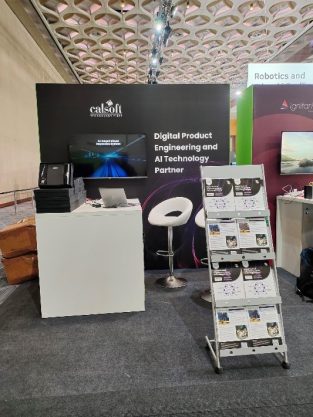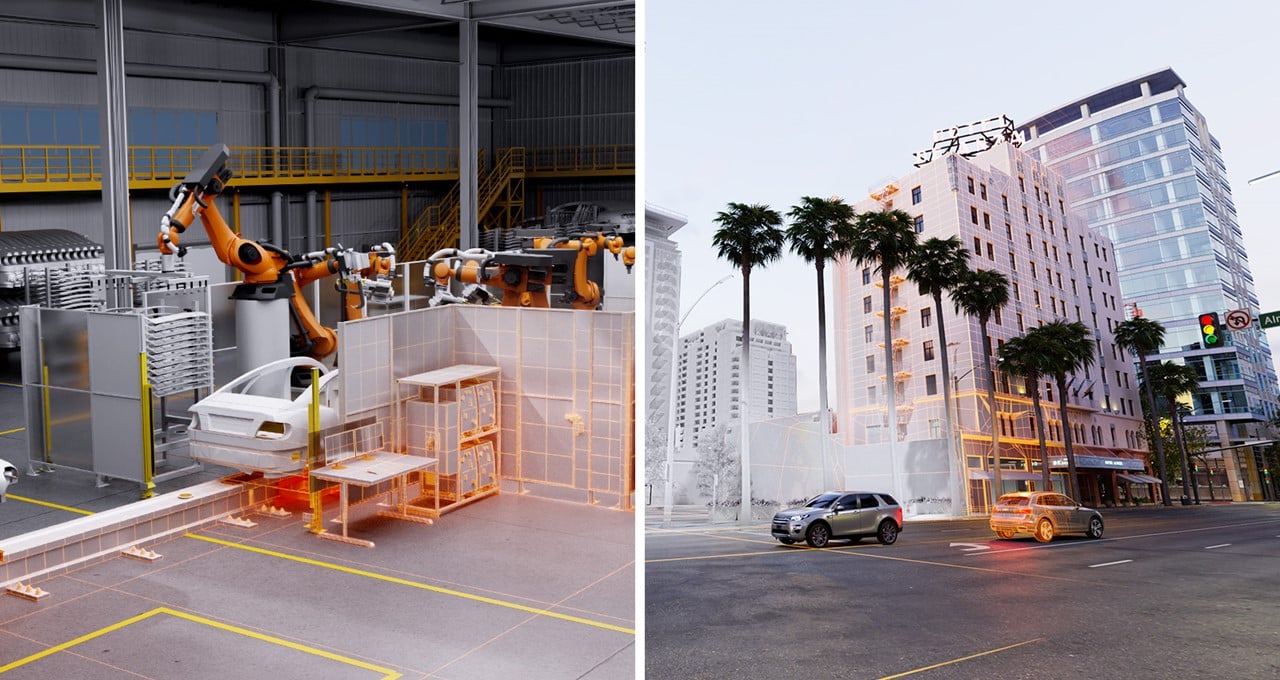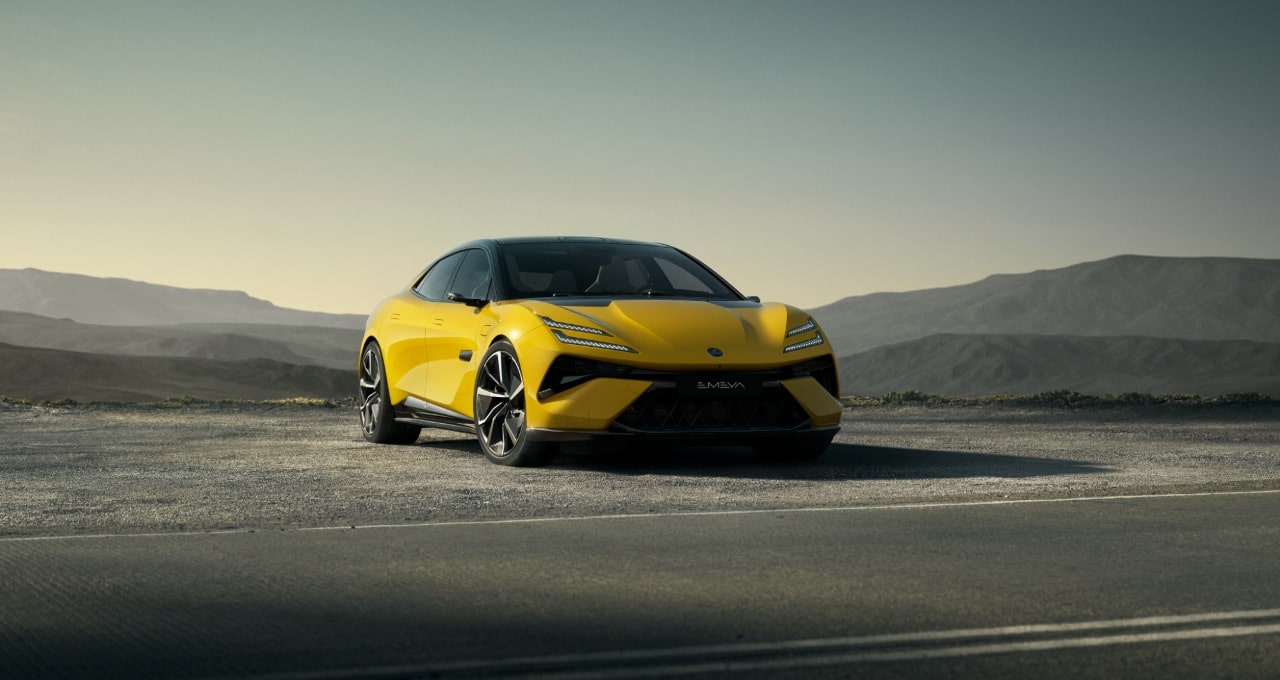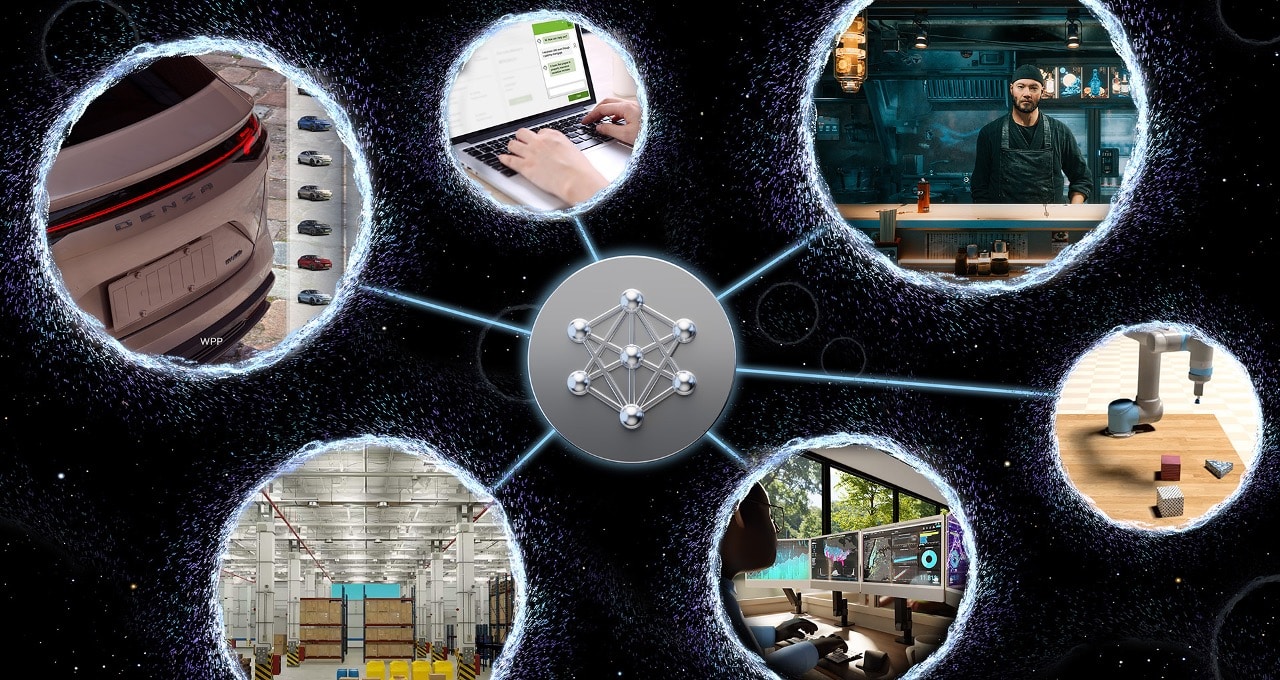A new era of autonomous vehicle technology, known as AV 2.0, has emerged, marked by large, unified AI models that can control multiple parts of the vehicle stack, from perception and planning to control. Wayve, a London-based autonomous driving...
A new era of autonomous vehicle technology, known as AV 2.0, has emerged, marked by large, unified AI models that can control multiple parts of the vehicle stack, from perception and planning to control.
Wayve, a London-based autonomous driving technology company and a member of NVIDIA’s Inception startup accelerator program, is leading the surf.
In the latest episode of NVIDIA’s AI Podcast, host Katie Burke Washabaugh spoke with the company’s cofounder and CEO, Alex Kendall, about what AV 2.0 means for the future of self-driving cars.
Unlike AV 1.0’s focus on perfecting a vehicle’s perception capabilities using multiple deep neural networks, AV 2.0 calls for comprehensive in-vehicle intelligence to drive decision-making in real-world, dynamic environments.
Embodied AI — the concept of giving AI a physical interface to interact with the world — is the basis of this new AV wave.
Kendall pointed out that it’s a “hardware/software problem — you need to consider these things separately,” even as they work together. For example, a vehicle can have the highest-quality sensors, but without the right software, the system can’t use them to execute the right decisions.
Generative AI plays a key role, enabling synthetic data generation so AV makers can use a model’s previous experiences to create and simulate novel driving scenarios.
It can “take crowds of pedestrians and snow and bring them together” to “create a snowy, crowded pedestrian scene” that the vehicle has never experienced before.
According to Kendall, that will “play a huge role in both learning and validating the level of performance that we need to deploy these vehicles safely” — all while saving time and costs.
In June, Wayve unveiled GAIA-1, a generative world model for developing autonomous vehicles.
The company also recently announced LINGO-1, an AI model that allows passengers to use natural language to enhance the learning and explainability of AI driving models.
Looking ahead, the company hopes to scale and further develop its solutions, improving the safety of AVs to deliver value, build public trust and meet customer expectations. Kendall views embodied AI as playing a definitive role in the future of the AI landscape, pushing pioneers to “build better” and “build further” to achieve the “next big breakthroughs.”
For more on NVIDIA’s Inception startup accelerator program, visit https://www.nvidia.com/en-us/startups/
You Might Also Like
Driver’s Ed: How Waabi Uses AI Simulation to Teach Autonomous Vehicles to Drive
Teaching the AI brains of autonomous vehicles to understand the world as humans do requires billions of miles of driving experience—the road to achieving this astronomical level of driving leads to the virtual world. Learn how Waabi uses powerful high-fidelity simulations to train and develop production-level autonomous vehicles.
Polestar’s Dennis Nobelius on the Sustainable Performance Brand’s Plans
Driving enjoyment and autonomous driving capabilities can complement one another in intelligent, sustainable vehicles. Learn about the automaker’s plans to unveil its third vehicle, the Polestar 3, the tech inside it, and what the company’s racing heritage brings to the intersection of smarts and sustainability.
GANTheftAuto: Harrison Kinsley on AI-Generated Gaming Environments
Humans playing games against machines is nothing new, but now computers can develop games for people to play. Programming enthusiast and social media influencer Harrison Kinsley created GANTheftAuto, an AI-based neural network that generates a playable chunk of the classic video game Grand Theft Auto V.
SUBHEAD: Subscribe to the AI Podcast, Now Available on Amazon Music
The AI Podcast is now available through Amazon Music.
In addition, get the AI Podcast through iTunes, Google Podcasts, Google Play, Castbox, DoggCatcher, Overcast, PlayerFM, Pocket Casts, Podbay, PodBean, PodCruncher, PodKicker, Soundcloud, Spotify, Stitcher and TuneIn.
Make the AI Podcast better: Have a few minutes to spare? Fill out this listener survey.

















